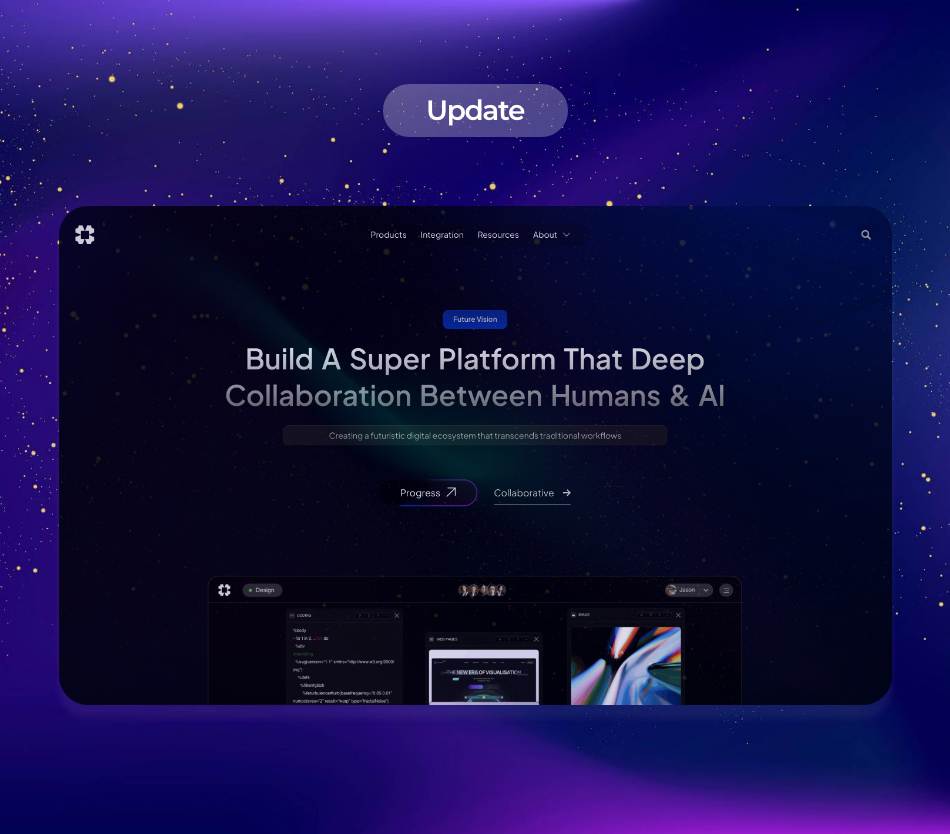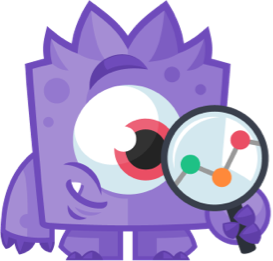The emergence of advanced computing technologies is reshaping industries and driving innovations to unprecedented levels. Among these technologies, Machine Learning (ML), Edge Computing, and Quantum Computing are at the forefront, significantly impacting the development of AI Operating Systems (AIOS). This article delves into these transformative trends, exploring their applications, technical insights, and real-world use cases.
**Understanding AI Operating Systems**
AI Operating Systems (AIOS) represent a new paradigm in the management of computational resources, optimizing them to support artificial intelligence applications effectively. AIOS harnesses the power of advanced algorithms, enabling seamless data processing, analysis, and learning capabilities. This framework empowers AI systems to learn from data in real time, offering solutions that can address challenges across diverse industries such as healthcare, agriculture, finance, and manufacturing.
**Machine Learning in AIOS: Revolutionizing Data Processing**
Machine Learning is a core component of AIOS, providing the analytical power necessary to interpret vast amounts of data. ML algorithms can identify patterns and make predictions, streamlining decision-making processes in various sectors. AIOS integrates these algorithms to enhance efficiency, particularly in data-centric operations.
One of the significant trends in leveraging ML within AIOS is the concept of automated machine learning (AutoML). This technology simplifies the development of machine learning models, making them accessible to non-experts. The integration of AutoML within AIOS enables organizations to deploy AI solutions quickly and efficiently, democratizing access to cutting-edge technologies. For instance, businesses can utilize AIOS to create models that predict customer behavior, optimize supply chain logistics, or enhance fraud detection mechanisms in real time.
A prime example of ML in AIOS is in predictive maintenance for manufacturing. By continuously analyzing machine data through AIOS, manufacturers can predict equipment failures before they occur, drastically reducing downtime and maintenance costs. Incorporating ML algorithms into AIOS ensures that systems can learn from operational data and improve their predictive accuracy over time.
**Edge Computing OS: A Game Changer in Data Processing**
Edge computing represents a fundamental shift in how data is processed and analyzed. Instead of relying solely on centralized data centers, edge computing brings data processing closer to the source of data generation. This decentralization minimizes latency and bandwidth usage, addressing the challenges faced by IoT (Internet of Things) devices and applications.
AIOS designed for edge computing improves responsiveness and efficiency in various applications. This approach is particularly beneficial in sectors that require real-time data processing, such as autonomous vehicles, smart grids, and remote monitoring systems. By enabling data processing at the edge, AIOS can significantly reduce the amount of data that needs to be transmitted to central servers, lowering operational costs and improving speed.
A prominent use case of edge computing in AIOS is in healthcare. Wearable health devices equipped with AIOS can process data on the device itself, providing immediate feedback to users and healthcare providers. For example, wearable devices that monitor heart rates can alert users to potential health issues in real time, allowing for timely intervention. This immediacy can be life-saving and illustrates the potential of AIOS in health management.
**Quantum Computing and its Role in AIOS**
As we look into the future of computing, quantum computing emerges as a groundbreaking technology with significant implications for AIOS. Unlike classical computing, which relies on bits as the smallest unit of information (0s and 1s), quantum computing utilizes quantum bits, or qubits, which can exist in multiple states simultaneously. This characteristic allows quantum computers to perform complex calculations much faster than traditional computers.
The integration of quantum computing into AIOS presents a myriad of possibilities. For instance, quantum algorithms can enhance machine learning processes by efficiently handling large datasets, which is often a bottleneck in AI development. Quantum computing can optimize resource allocation and decision-making in AIOS, leading to faster and more sophisticated AI models.
Researchers are exploring quantum machine learning, which seeks to leverage the power of quantum computing to improve traditional machine learning algorithms. This amalgamation holds potential for advancements in data privacy, optimization problems, and the simulation of molecular interactions in pharmaceuticals. For example, a quantum-enhanced AIOS could revolutionize drug discovery by simulating the interactions between molecules with unprecedented accuracy and speed.
**Trends and Solutions Impacting AIOS Development**
Several trends are shaping the trajectory of AIOS development, particularly in terms of integrating ML, edge computing, and quantum computing.
1. **Increased Focus on Privacy and Security**: With the growing concerns over data privacy and cybersecurity, AIOS integrates advanced security protocols, ensuring data is encrypted and stored securely, particularly in edge computing applications.
2. **Interoperability Across Platforms**: Developers are focusing on creating AIOS that can seamlessly interact with other operating systems and services. This interoperability fosters a collaborative ecosystem where AI applications can leverage diverse data sources.
3. **Sustainability Initiatives**: As technology drives environmental challenges, the development of energy-efficient AIOS is gaining traction. AIOS can optimize energy use in data centers and devices, minimizing the carbon footprint associated with AI applications.
4. **Enhanced User Experience through Automation**: Automation within AIOS enhances user interactions, simplifying complex processes and enabling end-users to leverage AI capabilities swiftly. Enhanced user interfaces powered by AIOS can adapt and learn from user behavior, creating personalized experiences.
**Industry Applications and Use Cases**
The convergence of ML, edge computing, and quantum computing in AIOS presents real-world applications across various industries:
– **Finance**: Financial institutions are leveraging AIOS for risk assessment, fraud detection, and predictive analytics. By processing large volumes of transactional data at the edge, banks can offer real-time insights to customers, enabling informed decision-making.
– **Transportation**: In the transportation sector, AIOS underpins autonomous vehicles’ operational efficiency. These vehicles utilize edge computing to process data from sensors instantaneously, improving safety and responsiveness while reducing latency.
– **Agriculture**: Smart farming solutions powered by AIOS can analyze environmental data in real time, allowing farmers to optimize irrigation, monitor soil health, and predict crop yields. This results in enhanced productivity and sustainability in agriculture.
– **Retail**: Retailers use AIOS to personalize customer experiences through data-driven insights. By analyzing customer behaviors at the edge, businesses can tailor marketing strategies and optimize inventory management in real-time.
**Conclusion**
The fusion of Machine Learning, Edge Computing, and Quantum Computing within AI Operating Systems represents a significant leap forward in technology. This synergy not only enhances the capabilities of AI applications but also addresses critical challenges across various industries. As organizations continue to explore and implement these technologies, the future of AIOS promises to bring about greater efficiency, improved decision-making, and innovative solutions to complex problems.
By staying informed of these trends and advancements, industry leaders can harness the potential of AIOS to benefit their operations and drive competitive advantages in a rapidly evolving digital landscape.
**Sources:**
1. Marr, B. (2020). “Artificial Intelligence in Practice: How 50 Successful Companies Used AI and Machine Learning to Solve Problems.” Wiley.
2. Huang, G., Shen, G., & Zang, X. (2021). “Edge Computing in IoT: A Comprehensive Survey.” ACM Computing Surveys.
3. Arute, F., Arya, K., Babbush, R., Bacon, J., Bardin, J. C., Barends, R., … & Martinis, J. M. (2019). “Quantum supremacy using a programmable superconducting processor.” Nature.
4. Lebedev, V. (2022). “AutoML: A Step Towards Democratizing Machine Learning.” IEEE Transactions on Neural Networks and Learning Systems.
5. Garcia, E. (2023). “The Future of Quantum Computing: Opportunities and Challenges for AI and Beyond.” MIT Technology Review.
By exploring these advancements and trends, institutions can leverage the innovative capacities of AIOS to redefine how technology enhances daily operations across various fields.



























